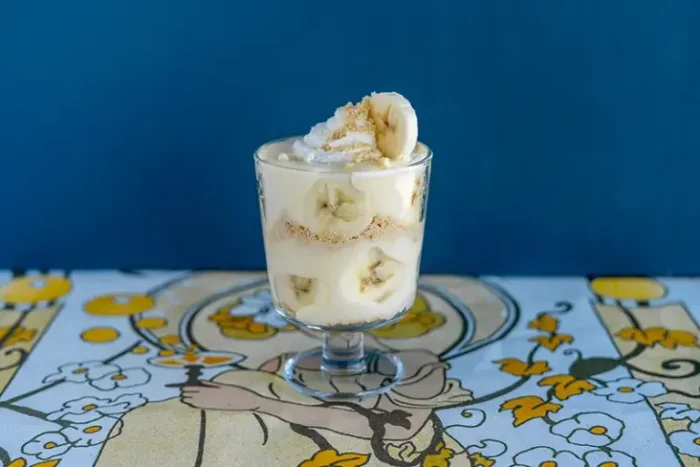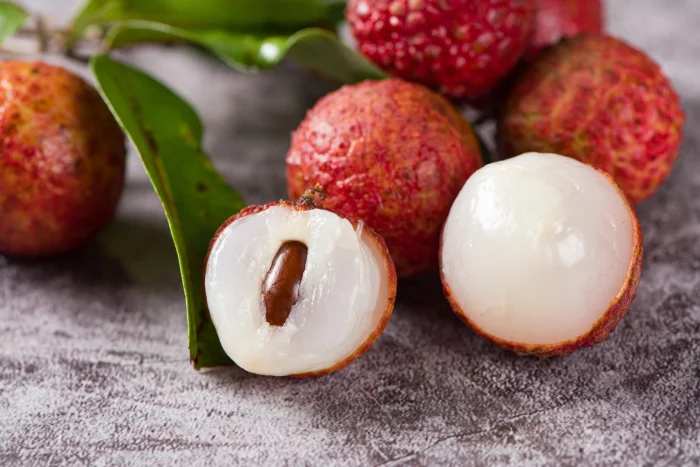Cacao powder is a popular ingredient in many recipes, from baked goods to smoothies. It is made by grinding cacao beans into a fine powder, retaining much of the original flavor and nutrients of the cacao bean. Cacao powder is known for its rich taste and numerous health benefits. This guide will walk you through the process of preparing cacao powder, from its origins to how to use it in different recipes.
What is Cacao Powder?
Cacao powder comes from the cacao bean, which is harvested from the cacao tree, Theobroma cacao. The beans are fermented, dried, and roasted to produce cacao nibs. These nibs are then ground into a fine powder. Unlike cocoa powder, which is processed at higher temperatures, cacao powder is processed at lower temperatures to preserve its nutrients and antioxidants.
Types of Cacao Powder
There are different types of cacao powder available, and understanding them is key to selecting the right one for your needs. The two main types are:
Raw Cacao Powder: This is made from cold-pressing unroasted cacao beans. Raw cacao powder is less processed and retains most of the nutrients from the bean. It is slightly bitter and rich in antioxidants.
Roasted Cacao Powder: This is made by roasting cacao beans at a higher temperature before grinding them into powder. Roasting brings out a more mellow, less bitter flavor but can cause some loss of antioxidants.
Both types of cacao powder can be used in recipes, but raw cacao is often preferred for its health benefits.
Steps to Prepare Cacao Powder from Cacao Beans
If you’re interested in making cacao powder from scratch, here’s a detailed guide on how to do it.
Step 1: Harvesting the Cacao Beans
Cacao beans are typically harvested from cacao pods. These pods are cut open to reveal the beans inside, which are surrounded by a sweet pulp. The beans are then removed from the pods and placed in a container to begin the fermentation process.
Step 2: Fermenting the Cacao Beans
Fermentation is a crucial step in developing the flavor of the cacao. The beans are left to ferment for several days, during which the pulp around the beans breaks down. This process helps remove the bitterness and creates the unique flavor of cacao.
After fermentation, the beans are spread out in the sun to dry. This drying process can take up to a week, depending on the climate.
Step 3: Roasting the Cacao Beans
Once dried, the cacao beans are roasted. This is typically done at a temperature between 250°F to 350°F (121°C to 177°C). Roasting helps to bring out the full flavor of the beans and makes the shells easier to remove. If you prefer to make raw cacao powder, skip the roasting step and move directly to grinding the beans.
Step 4: Cracking and Winnowing
After roasting (or if you skip roasting for raw cacao), the beans need to be cracked. This process breaks the beans into smaller pieces called cacao nibs. To extract the nibs from the shells, a process called winnowing is used. This involves separating the nibs from the husks by shaking the cracked beans in a screen or using a blower to remove the lighter husks.
Step 5: Grinding the Cacao Nibs
Now that you have the cacao nibs, the next step is grinding them into a fine powder. You can use a food processor, a high-speed blender, or even a stone grinder to grind the nibs. The grinding process will release cacao butter from the nibs, which is what gives cacao powder its smooth texture.
At this point, the ground cacao nibs can be pressed to separate the cacao butter (which is often used in chocolate production). The remaining solids are then ground into cacao powder.
Step 6: Storing the Cacao Powder
Once you have ground your cacao into a fine powder, it’s important to store it properly. Cacao powder should be kept in an airtight container in a cool, dry place. It can be stored for several months and used in a variety of recipes.
How to Use Cacao Powder
Now that you know how to prepare cacao powder, let’s explore how you can use it in different recipes.
1. Baking
Cacao powder is commonly used in baking. It adds a deep, chocolatey flavor to cakes, brownies, cookies, and more. When substituting cocoa powder in recipes, you can use an equal amount of cacao powder, but you may need to adjust the sweetness, as cacao powder is usually less sweet than cocoa powder.
2. Smoothies and Drinks
Cacao powder is a great addition to smoothies and drinks. It pairs well with bananas, berries, and plant-based milks like almond or oat milk. You can simply add a tablespoon of cacao powder to your smoothie for a rich chocolate flavor. It can also be used to make hot chocolate or a cacao latte.
3. Health Benefits
Cacao powder is packed with antioxidants, which can help protect the body from free radicals and reduce inflammation. It is also a great source of magnesium, which is essential for muscle function and relaxation. Including cacao powder in your diet may promote better heart health, improve brain function, and even enhance mood due to its content of compounds like theobromine.
4. Making Chocolate
If you are interested in making homemade chocolate, cacao powder is one of the key ingredients. To make your own chocolate, you can mix cacao powder with cacao butter and a sweetener of your choice. The mixture can be poured into molds and cooled to form solid chocolate bars or truffles.
Tips for Using Cacao Powder
Balance the Bitterness: Raw cacao powder can be quite bitter. When using it in recipes, you may need to add a bit of sweetener like honey, maple syrup, or a sugar substitute to balance out the flavor.
Pair with Healthy Fats: Cacao powder pairs well with healthy fats, such as coconut oil or avocado. This combination enhances the absorption of nutrients and adds creaminess to recipes like smoothies.
Try It in Savory Dishes: While cacao powder is often used in sweet dishes, it can also be added to savory dishes. A small amount of cacao powder can enhance the depth of flavor in chili, sauces, or marinades.
Conclusion
Preparing cacao powder from scratch is a rewarding process that allows you to enjoy the full benefits of this nutritious and flavorful ingredient. Whether you’re baking, making drinks, or incorporating cacao powder into your daily diet for its health benefits, it’s a versatile addition to your kitchen.
By following the steps outlined in this guide, you can prepare cacao powder from cacao beans and use it in a variety of recipes. From chocolate treats to smoothies, cacao powder enhances the flavor and nutrition of your meals. Keep in mind the types of cacao powder available, and remember to experiment with different amounts to find the flavor profile that suits your taste. Enjoy the rich, antioxidant-packed goodness that cacao powder offers!
Related topics
























